550035
2-(Dibutylamino)ethanol
99%
Synonym(s):
N,N-Dibutylethanolamine
About This Item
Recommended Products
vapor density
6 (vs air)
Quality Level
Assay
99%
refractive index
n20/D 1.444 (lit.)
bp
229-230 °C (lit.)
density
0.86 g/mL at 25 °C (lit.)
SMILES string
CCCCN(CCO)CCCC
InChI
1S/C10H23NO/c1-3-5-7-11(9-10-12)8-6-4-2/h12H,3-10H2,1-2H3
InChI key
IWSZDQRGNFLMJS-UHFFFAOYSA-N
Looking for similar products? Visit Product Comparison Guide
General description
Application
Signal Word
Danger
Hazard Statements
Precautionary Statements
Hazard Classifications
Acute Tox. 4 Dermal - Acute Tox. 4 Oral - Aquatic Chronic 3 - Eye Dam. 1 - Skin Corr. 1C - STOT SE 3
Target Organs
Respiratory system
Storage Class Code
6.1C - Combustible acute toxic Cat.3 / toxic compounds or compounds which causing chronic effects
WGK
WGK 1
Flash Point(F)
203.0 °F - closed cup
Flash Point(C)
95 °C - closed cup
Personal Protective Equipment
Choose from one of the most recent versions:
Already Own This Product?
Find documentation for the products that you have recently purchased in the Document Library.
Customers Also Viewed
Global Trade Item Number
| SKU | GTIN |
|---|---|
| 550035-100ML | 4061837015625 |
| 550035-2L | |
| 550035-20L | |
| 550035-4L | |
| 550035-500ML | 4061832575698 |
Our team of scientists has experience in all areas of research including Life Science, Material Science, Chemical Synthesis, Chromatography, Analytical and many others.
Contact Technical Service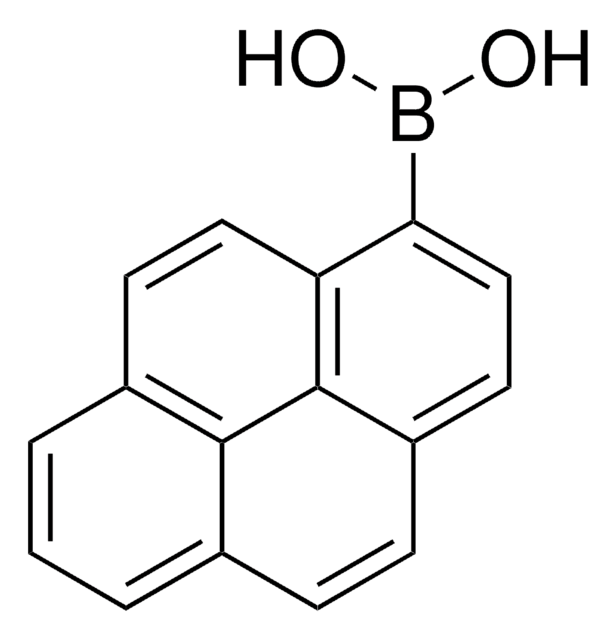



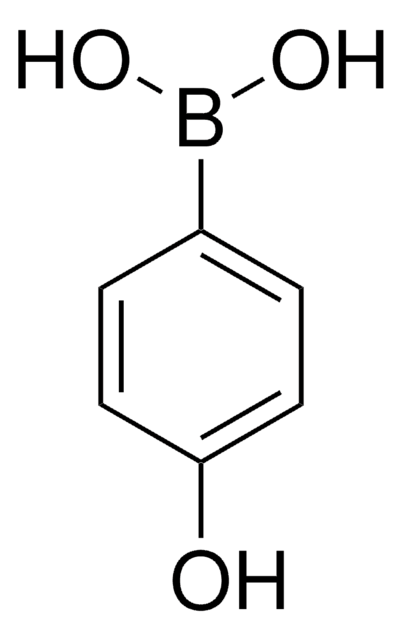

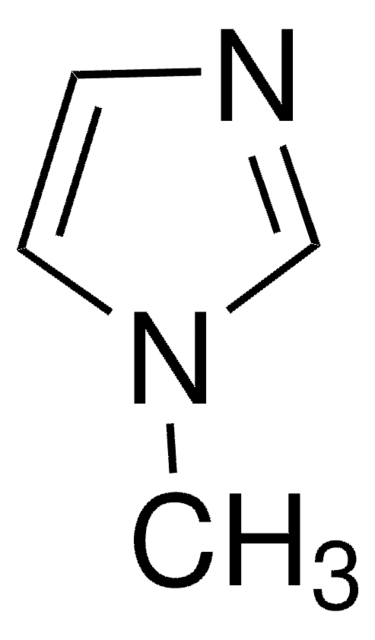


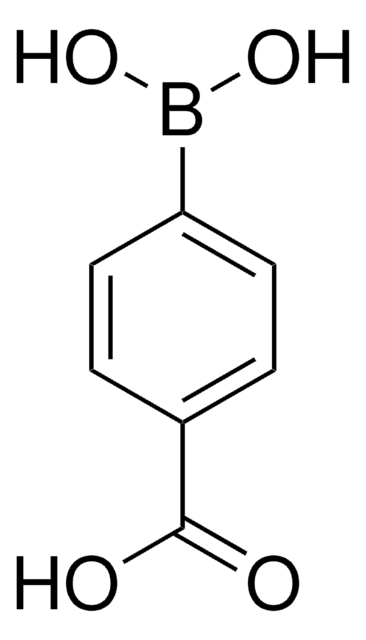


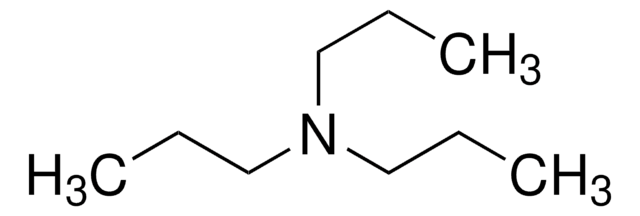
![2-{[2-(Dimethylamino)ethyl]methylamino}ethanol 98%](/deepweb/assets/sigmaaldrich/product/structures/268/372/dc32f6cb-8264-4332-8902-831d869716fb/640/dc32f6cb-8264-4332-8902-831d869716fb.png)
